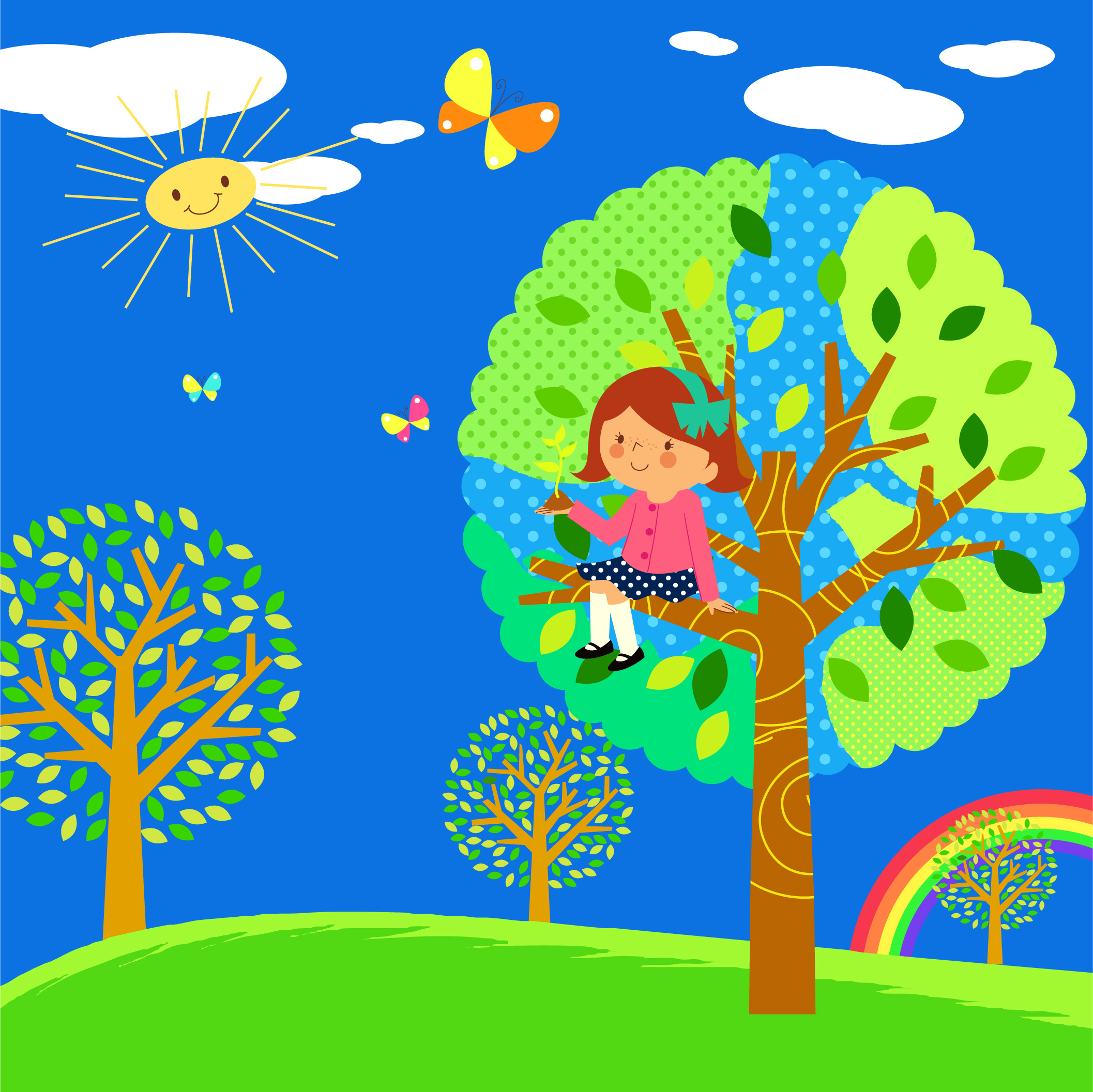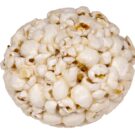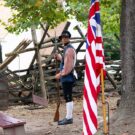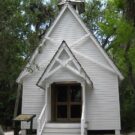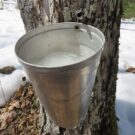I’ve Brought Some Corn for Popping
by Sandra Merville Hart This line from the beloved Christmas carol “Let it Snow” started me wondering when the tradition of popping corn began. People have known how to pop corn for thousands of years. Ears of popcorn were found in the Bat Cave in New Mexico that are about 4,000 years old. Found in 1948 and 1950, a penny is larger than the smallest of these ears while others are about 2 inches long. Popcorn remnants discovered in Mexico have been dated to around 3600 BC. One-thousand-year-old popcorn kernels found in North Chile still pop. Aztec Indians in the 16th century used popcorn for ceremonial headdresses and necklaces. Young women danced a popcorn dance wearing popcorn garlands on their heads. Pearls or Nonpareil were names that the kernels were sold...
Read MorePioneer Militia in the Early 1800s
Did you know… by Sandra Merville Hart The law made every male between 18 and 45 part of the Militia of the day. This was usually one regiment plus officers for each county. Met yearly for drills Our law required every company meet once a year for drills. After this, the entire regiment met for a one day drill at the county seat or some other designated location. Special rifle regiments In addition, one or more rifle regiments had company meetings. These men wore uniforms. The rifle regiments and officers met at the county seat for “Officer’s Muster,” a two-day drill. Crowds attend annual drills All the rifle regiments met annually for a regimental drill. These Military displays drew large crowds. Everyone loved a pleasant change from the...
Read MoreSports in the Early 1800s
Did you know … by Sandra Merville Hart It wasn’t all hard work for the early pioneers. Those living in the country enjoyed sporting activities just as we do today. Shooting Matches were great fun for early settlers. Hoping to be the most accurate, they aimed rifles at targets. These normally took place around Christmas and New Years. Horse races were always popular events. The races varied in length from a quarter mile or half mile on a straight path. One, two, and three mile races, called Fairs, took place on circular tracks. The races took place at harvest time. Large crowds attended to watch the best horses in the area compete in the three-to-four day event. Sports were part of most public gatherings. Country folks enjoyed foot races, jumping,...
Read MoreGoing to Church in the early 1800s
Did you know… by Sandra Merville Hart Pioneers attended village and neighborhood churches. Church meetings were not held as often as today. Men sat on one side with women on the other Women sat on one side with men on the other at church. Traveling ministers The Methodists had a circuit system for ministers. Each minister traveled on horseback to his list of churches, but not all on the same day. He stayed with a church member living near the location of the preaching. Camp meetings Special church gatherings called camp meetings lasted a week. Thousands traveled from miles around to attend services held in a shady grove near a public road. Preachers spoke all day The best preachers spoke at camp meetings during the day and evening. Log huts were built for...
Read MoreMaking Sugar in the Early 1800s
Did you know … by Sandra Merville Hart Maple or sugar trees provided sugar for early pioneers in the early 1800s. Sugar Camps They built log huts called Sugar Camps near maple trees. Neighborhood camps were often built near each other to allow friends to talk during the long process. Sap boiled in iron kettles Pioneers collected gallons of sap. They boiled the collected sap, or “sugar water,” in iron kettles. The children loved it, because it often continued all night. They played with children from neighboring camps while the sap boiled down. Sap made several forms of sugar Sap first made a waxy form of sugar and many people ate it that way. It granulated, or became like the little crystals you see in the sugar bowl, when it boiled longer. Sap...
Read MoreOld Time Jobs – Shoemakers
Did you know … In the early 1800s, the village tanner prepared leather from cattle hides. Families gave this leather to the shoemaker to make new shoes. Shoemakers stayed with the family When the country shoemaker received word that a family was ready for new shoes, he brought his shoe bench and tool kit. He lived with the family until finishing all the shoes needed for winter. Children owned one pair of shoes Children usually received one new pair of shoes a year. Many boys and girls chose to walk barefooted in the summer. Not wearing shoes all summer toughened the children’s feet. They might run on stony ground without hurting their feet. Few men owned boots Boys didn’t wear boots. Few men owned boots. Wealthy farmers bought shoes from...
Read More